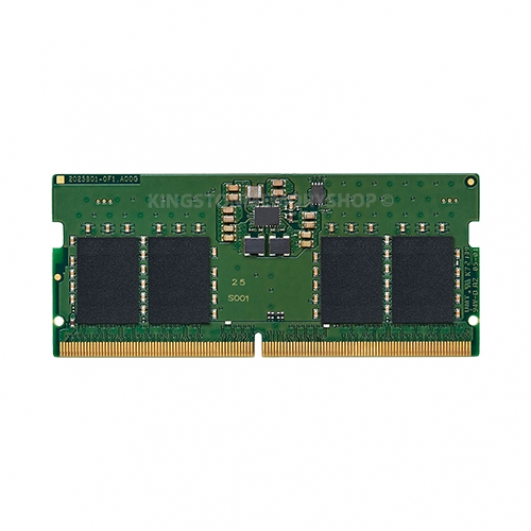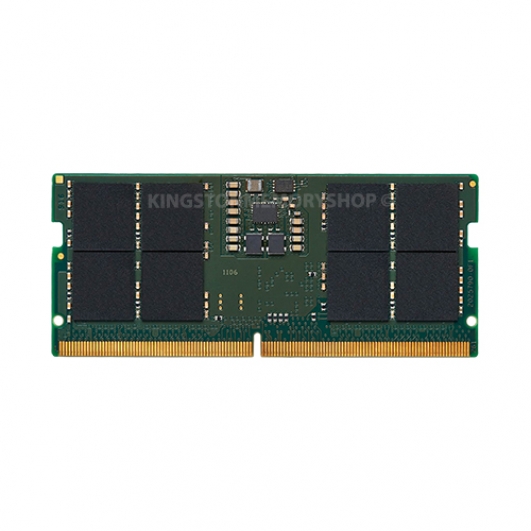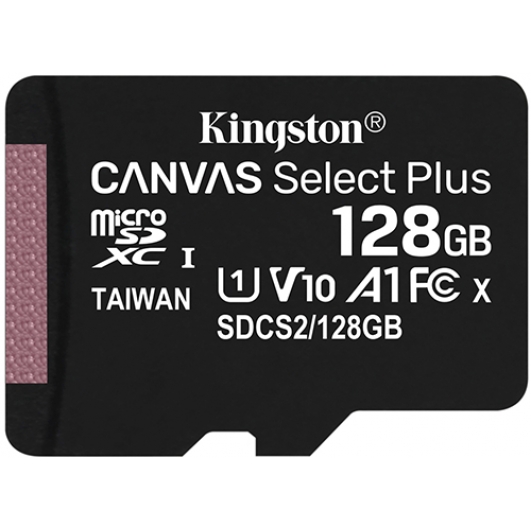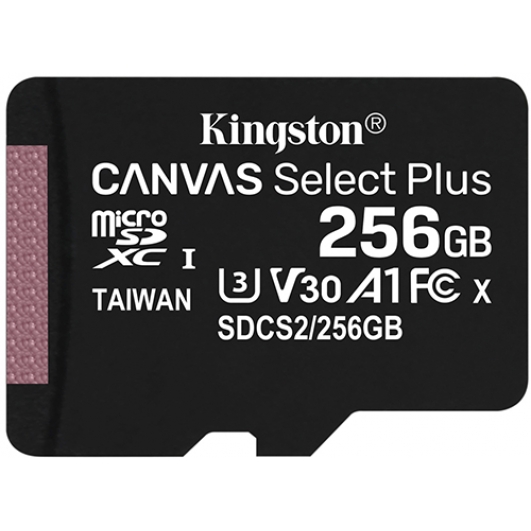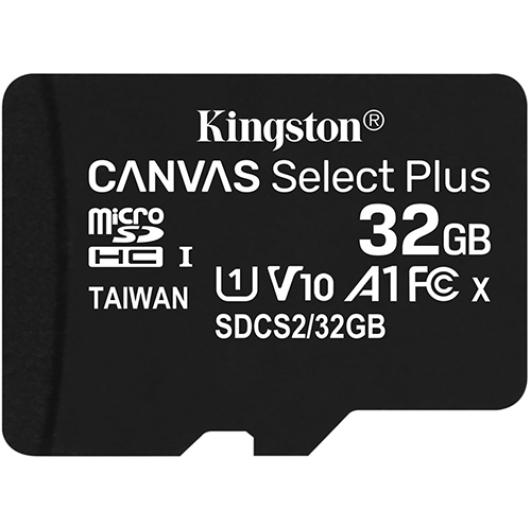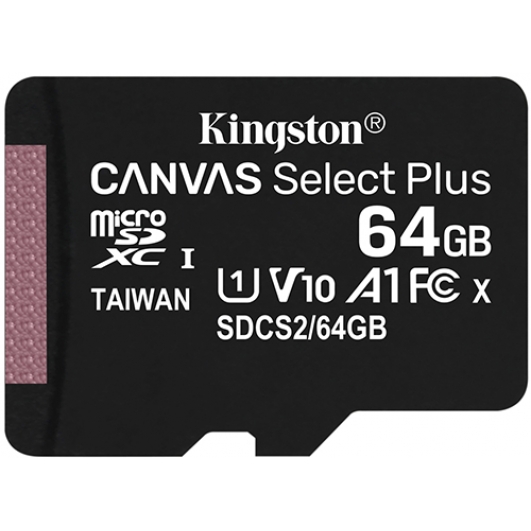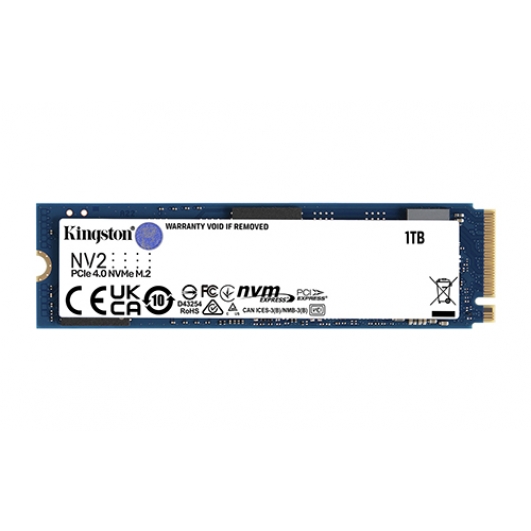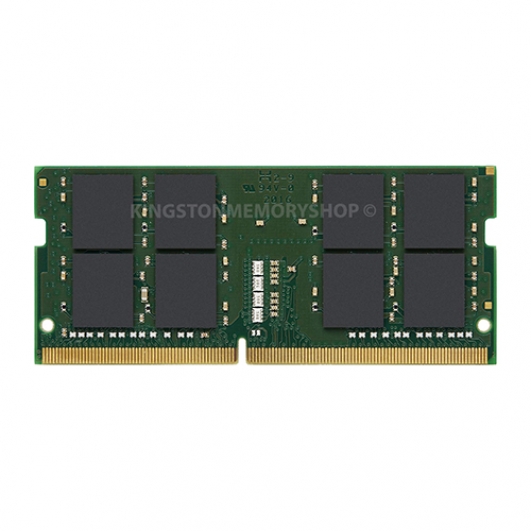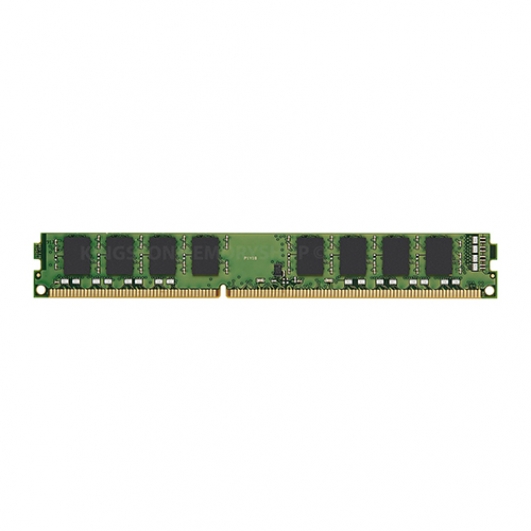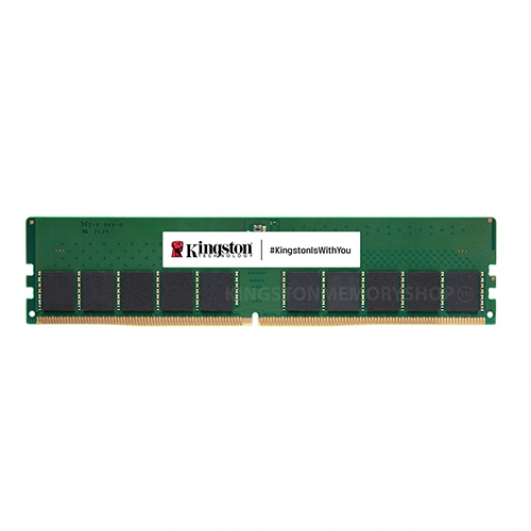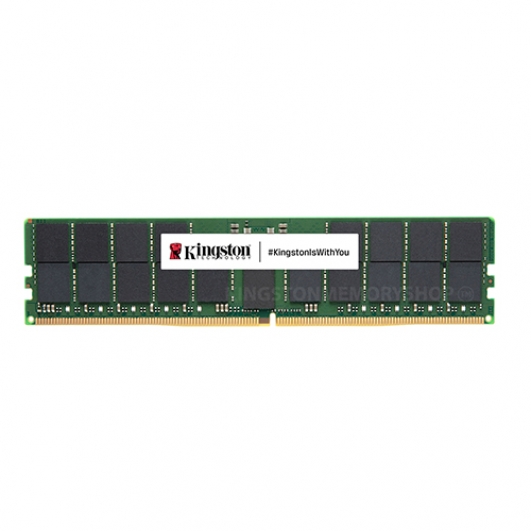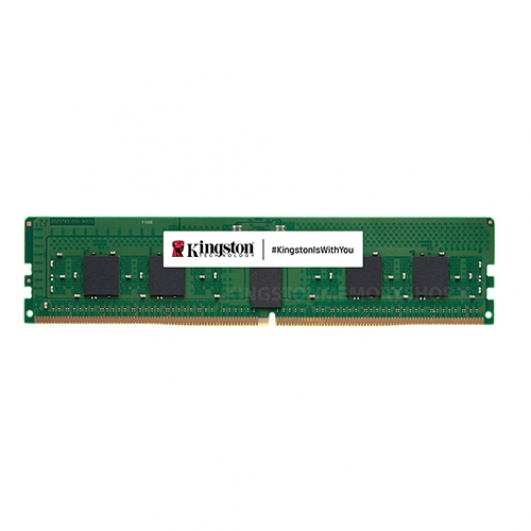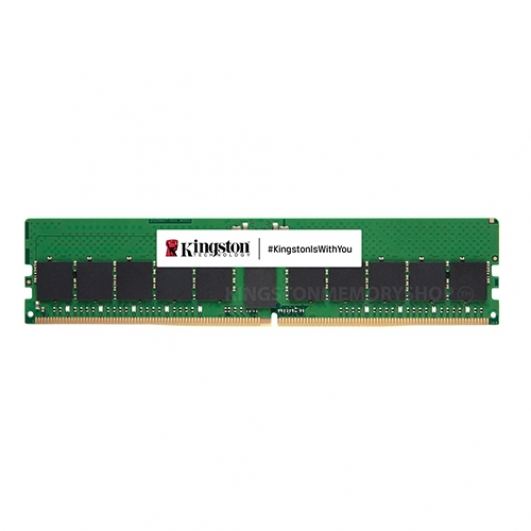Find the Correct Upgrade:
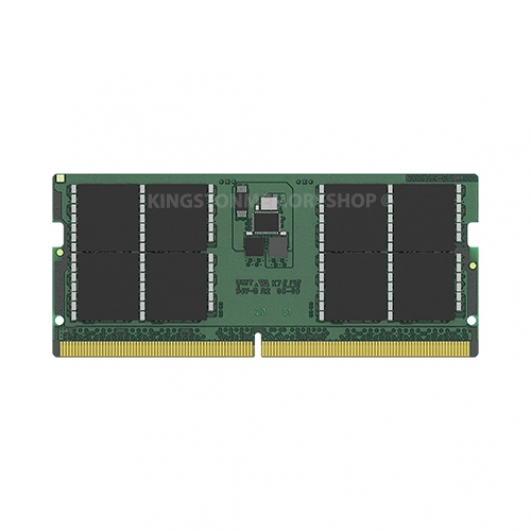 32GB Non ECC (2Rx8)
32GB Non ECC (2Rx8)
£119.71 (inc. VAT)
£99.76 (ex. VAT)
Includes Free Delivery To UK
In Stock For Next Business Day Delivery - Order By 4.30pm*
Want it despatched today?
Order within 10hrs 2mins
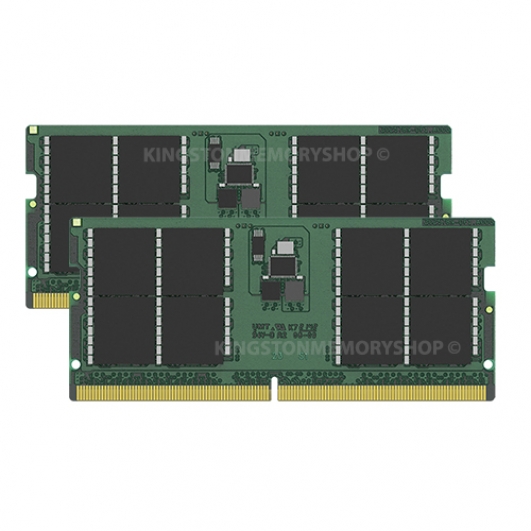 64GB (32GB x2) Non ECC
64GB (32GB x2) Non ECC
£237.20 (inc. VAT)
£197.67 (ex. VAT)
Includes Free Delivery To UK
In Stock For Next Business Day Delivery - Order By 4.30pm*
Want it despatched today?
Order within 10hrs 2mins
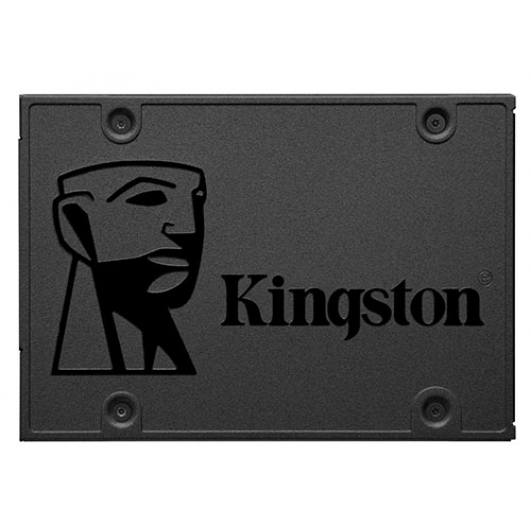 240GB
240GB
£33.54 (inc. VAT)
£27.95 (ex. VAT)
Includes Free Delivery To UK
In Stock For Next Day Delivery - Order By 3pm*
Want it despatched today?
Order within 10hrs 2mins
 480GB
480GB
£45.63 (inc. VAT)
£38.03 (ex. VAT)
Includes Free Delivery To UK
In Stock For Next Day Delivery - Order By 3pm*
Want it despatched today?
Order within 10hrs 2mins
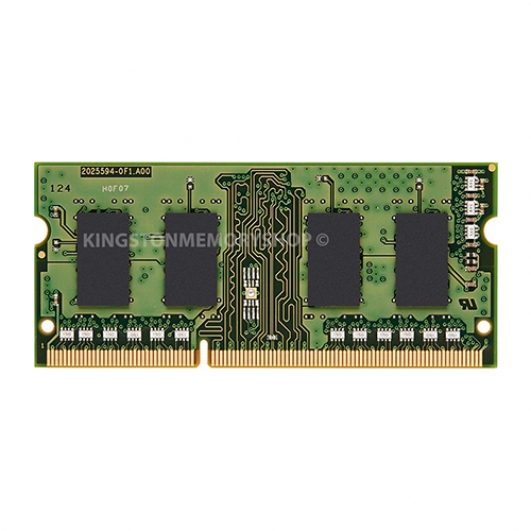 2GB Non ECC
2GB Non ECC
£19.03 (inc. VAT)
£15.86 (ex. VAT)
Includes Free Delivery To UK
Discontinued - Contact Us For Alternative Part
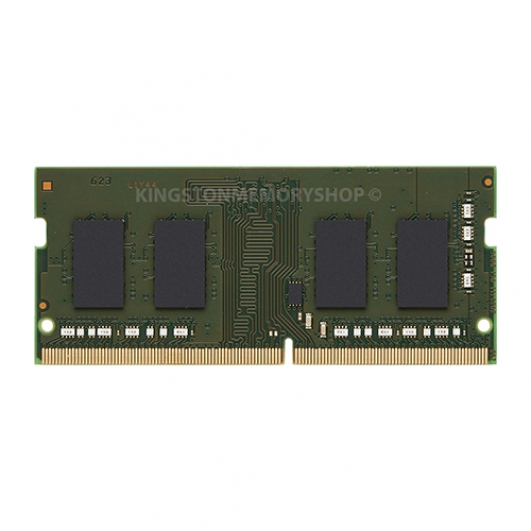 8GB Non ECC (1Rx8)
8GB Non ECC (1Rx8)
£26.67 (inc. VAT)
£22.23 (ex. VAT)
Includes Free Delivery To UK
In Stock For Next Day Delivery - Order By 3pm*
Want it despatched today?
Order within 10hrs 2mins
Looking for memory for your device?
Choose from one of the devices below and we will show you products which are compatible with your device, guaranteeing you get the right product first time, every time.
Our Customer Reviews
Easy ordering, quick delivery

Great service, would use again

Tried to find the guide to identifying the type of RAM I required for my PC. Couldn't find it, but used the "Chat" facility, and it was very helpful in providing the part no I required. I ordered it and fitted the other day. All is well.

Works perfectly in the J10. Thank you Kingston.

Very good communication love the way they check for compatibility with the device the memory is going in to reduce returnees and gives me price of mind that I have ordered the right one

Fast, efficient service. I raised a query about pricing and this was dealt with quickly. Happy buyer!


